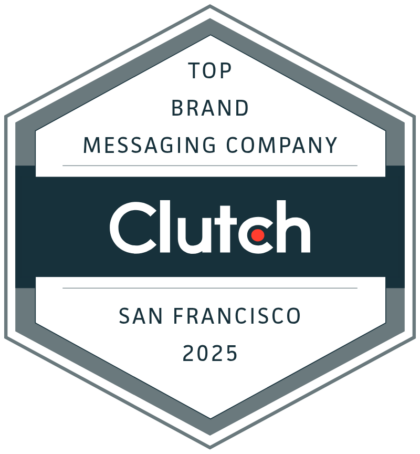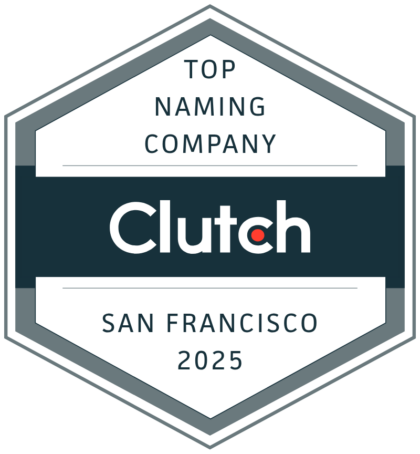Learn to Sprint
Most companies develop brand campaigns with a 12-18 month window. Today, instead of long-cycle campaigns, brands must learn to sprint.

June 16, 2020 | David Kippen
In my last post, I argued we should avoid tagging any particular moment “the new normal.” Instead, we need to think in terms of “the new now,” because seismic conditions will continue to evolve far more quickly than seismic events generally do. And instead of trying to launch and manage long-cycle campaigns, brands needed to master the sprint.
Usain Bolt’s maximum, world-record-setting speed in the 100 meter sprint was 27.45 mph, more than twice the 12.7 mph average speed of Haile Gebrselassie maintained for 20+ miles in his Olympic win. Despite the massive difference in speeds, both were world-class athletes at the top of their form and both won Olympic gold.
Conceptually, this makes sense: we understand that sprinting and distance running are different. But happens when a long-distance runner has to learn to sprint? And what does this have to do with brands?
Branding is a Marathon
Most large, established companies develop brand campaigns with a 12-18 month window. The campaign goals are generally diffuse. They focus on clarifying brand differentiators or personifying core emotional equities. To the extent they’re measured, measures are generally built around soft metrics–think total impressions and unaided awareness–and generally don’t directly drive sales. These are the marketing equivalent of marathons.
Advertising is a Sprint
Ad campaigns are the opposite. They’re typically focused on promoting an event in the near-term (think Black Friday sales). Their campaign goals are very specific: they virtually all have turnover (sales) goals and specific revenue targets. These campaigns may leverage the brand but they don’t build it. In fact, every BOGO (buy one get one free) offer robs brand equity. But ad campaigns are about raising revenue, not awareness. These are the marketing equivalent of sprints.
Brand Marketing is a Set of Sprints
Today, while it’s vitally important for brands to be present, and while brands currently enjoy a higher level of trust than many political and public figures, there are too many uncertainties for most brands to run 18-month marathons to build equity. In place of marathons, brands must borrow some of the tools of advertising and consumer response. Brands must learn to sprint.
To run a marathon is to run long and slow. To sprint is to run fast and short. Less obvious, but more important, are the pre-work and the goals unique to each kind of run:
- A winning marathon run is about calibrating the pace to the environment. How fast to pace a long climb is a different question on a hot day than a cool one, but it’s only one out of thousands of trade-offs every runner will make during the race.
- A winning sprint takes an entirely different strategy. The track will always be flat, and in a race lasting about 10 seconds, there’s limited time for decision-making. However, the goal of the sprint is never out of sight. Every. Single. Step. Counts. And the performance that counts is what happens during exactly and only those ten seconds.
The Brand Sprint
How does this apply to brand marketing? How does your brand learn to sprint? Quite literally, starting with the goals.
In the traditional “marathon version” of brand building, we strive to build clarity, relevance, resonance, differentiation and energy for our brand over a period of years. Knowing that there will always be background noise from our competition, our own promotional advertising and other economic and social factors, we start the journey knowing we’ll need to make adjustments along the way, but with a mindset that says “so long as it builds brand equity, stay the course no matter what.”
A brand sprint is different. Because the window of time is short, we don’t have the luxury of building equity across the brand. We can build clarity. Or relevance. Or resonance. Or differentiation. But each campaign should focus on only one rung of the brand ladder. So the first step in the process is setting a very clear, specific goal for the sprint. Perhaps we need to improve clarity (e.g., aided and unaided awareness). If that’s the goal, the sprint must be designed to improve awareness among a very select, specifically-targeted demographic over an 8-12 week period. Ideally, it should leverage the same kinds of programmatic insight we would use for a product promotion.
Because the sprint takes place at a specific time, it can leverage current events (how a brand’s responding to Covid-19, for example) to deliver on narrowly tailored brand goals. At the end of the sprint, if goals are clear, measurable and measured, the brand team can decide whether to repeat the sprint, refine it, or move on to the next step on the brand ladder.
Sprints Build Agile Brands
If this process sounds familiar, it should. A set of sprints toward narrowly-tailored goals and recalibrations at the end of each sprint are the essence of agile software development. It’s not optimal in ordinary time, but with seismic changes redefining the cultural landscape every six weeks, it’s the most prudent way to manage your brand today.
###
Dr. David Kippen serves as Chief Strategist and CEO of Evviva Brands. David’s past clients include Alaska Airlines, Amazon, Ameriprise Financial, Antioch, California, Bain & Company, Blackrock, Burger King, Chevron, Coca-Cola, Dell, Delta Air Lines, Dignity Health, Disney, Energy Recovery, Flipkart, Google Fiber, HP, HSBC, General Mills, Intel, Kentz, Lam Research, Marriott International, Methanex, Moss Adams, Microsoft, Nokia, Premera Blue Cross, Teva, T-Mobile The Ritz-Carlton, Webasto and Xilinx.




















